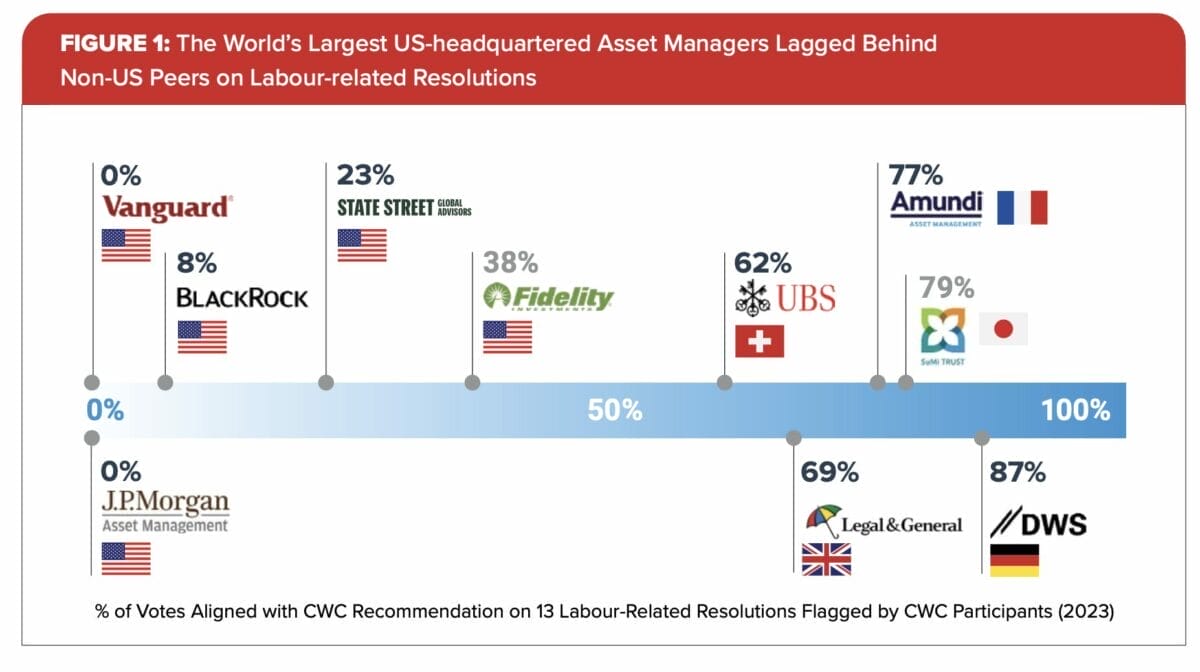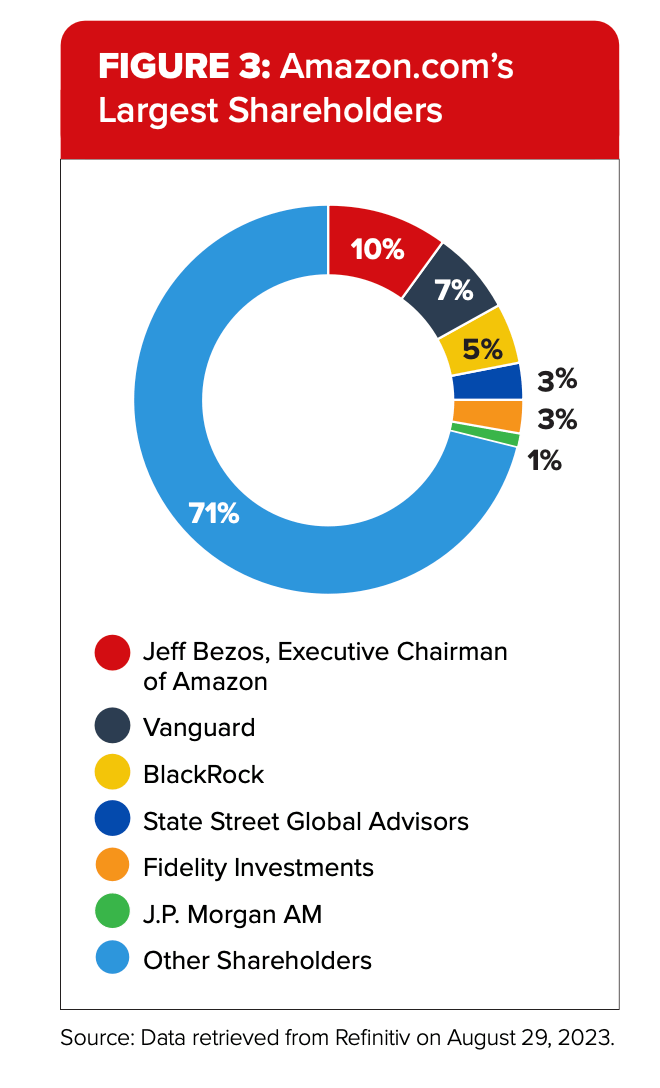The $35.9 billion Employees Retirement System of Texas (ERS) has altered its allocation boundaries to permit a 10 per cent maximum allocation to cash.
The pension fund for state employees currently holds just under 8 per cent of its assets in cash in a boosted portfolio that taps the benefits of higher interest rates. It is also a creative response to diversification challenges given the ongoing elevated levels of correlation between stocks and bonds in the current economic landscape.
“It’s not like the old days when it [cash] was dead money,” said Daid Veal, speaking at a recent board meeting, adding that alongside allocating more to cash, ERS is profiting from its bias to long-dated fixed income in a barbell approach.
However, despite “good returns” the cash allocation won’t edge higher because a larger allocation would move away from risk-seeking assets and potentially hinder the fund’s ability to hit its 7 per cent return handle. ERS’s exposure to the correlation in stocks and bonds is also capped because of its return-seeking focus with the portfolio split 80:20 to return-seeking/fixed income respectively.
Latest results have ERS beating passive indexes; peer averages, and the policy benchmark with three-year returns of 9.3 per cent. Veal attributed much of that success to the investment team’s implementation and prudent selection of securities and managers, a key focus at the fund that has helped reverse its fortunes since 2014 when ERS was rated in the third quartile compared to peers. Veal joined as CIO in 2021, but worked at ERS between 2009 and 2012.
“Security selection is the beating heart of what we do,” he said. “Asset allocation is on the margin – although we are investing more in our asset allocation teams, security selection will always be our bread and butter.”
Still, despite this commitment to implementation, internal management at the fund is at its lowest level since June 2020, responsible for around 42 per cent of the assets. Veal said he was doing his “darndest” to hang onto staff in a competitive market. Texas ERS has a 78-person investment team, recently set up in refurbished offices that make collaboration easier.
Next year the fund will RFP/RFQ seven investment consulting roles, spanning all private market consultants, its general consultant and governance consultant. In November 2024 it will bring those recommendations to the board.
New look public equity
ERS’ commitment to implementation and stock selection is particularly visible in public equity where the fund has just completed a reorganization of the program – an actively managed allocation of which about 70 per cent is managed internally. The portfolio’s recovery is a direct consequence of the team travelling to meet managers; understanding how they conduct their business and add value, and finding the best strategies and securities they can.
The new look allocation is structured around a ‘Lone Star’ core fund which has an overweight to AI and other Magic Seven themes, drug manufacturers and aerospace. A key development in the public equity portfolio includes “materially” reducing the number of stocks by half to 1200 in an effort to increase the quality of companies and prepare for possible sub-par returns ahead.
Around 35 per cent of the portfolio is in public equity and when public equity underperforms, it drags down the entire trust. “In my book, investment is not like a base ball home-run, it’s more like tennis and avoiding making mistakes,” said Veal.
Since the restructuring, public equity has gained 9.7 per cent versus MSCI ACWI IMI Index returns of 8.2 per cent, which represents outperformance of 1.4 per cent (annualized net of fees to the end of September 2023).
In private markets the investment team also attributed performance to implementation and tweaking allocations to ensure the best exposures. For example, the fund’s private real estate allocation is different to its public market exposure, underweight office and with a careful approach to leverage.
Uncertain outlook ahead
The investment team predicts a period of uncertainty ahead, unsure whether the favourable economic environment of late will continue or more extreme conditions lie ahead. A middle path of economic cooling where the economy also “chugs along” in the context of “elevated volatility” is the most likely outcome.
Much of what lies ahead will be determined by US consumer behaviour and consumption patterns. And despite low US unemployment and high nominal wage growth, the investment team said these trends don’t support more purchasing power.
“Folks’ real purchasing power has not improved,” said John MacCaffrey, senior portfolio manager. “They are making more money, but they are still feeling the cost of living.”
Moreover, because many people depleted their savings coming out of the pandemic, consumer spending is also being funded by debt leading to a spike in delinquencies. “Consumer spending is expected to cool at least in the near-term. This will detract from economic growth but it may also bring down prices and decrease inflation,” said MacCaffrey.
The indebtedness of the US government was another conversation point. Veal voiced his concerns on the level of government spending, adding that government finance is crowding out the private sector and skewing supply and demand with consequences for investors.
Moreover, the Federal Reserve and the market seem to be at odds regarding the future direction of interest rates. The market is expecting five cuts next year (helping fuel recent highs in the S&P) but Fed guidance points to sustained higher interest rates for longer, indicative of sustained inflation. “Markets are fighting the Fed,” said Veal. “It’s a big disconnect. Are markets right, or is the Fed?”
The board also discussed the drag of missing productivity in the labour market. Although AI might supercharge productivity, it is still unclear how the gains in tech-related productivity might manifest. They noted that the last time the workforce got a significant boost in productivity was when women entered the workforce en-masse decades ago.
Elsewhere, the team flagged that the government’s anti-trust agenda could also pose a threat to the ability of companies to earn profits.


